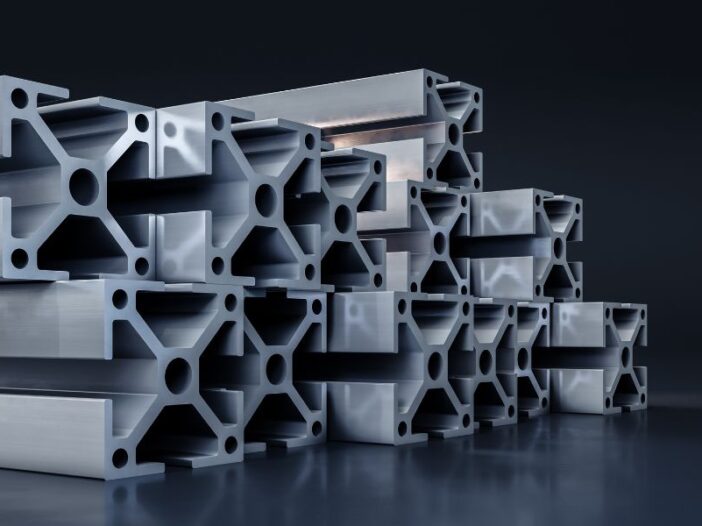
Aluminum extrusion involves heating metal and forcing it through a die, which forms the extrusion into the desired shape. Aluminum extrusions are cost-effective and much easier to work with than inflexible, heavy steel. Aluminum has several benefits and is a top choice for many applications. Read on to learn more about those applications and the industries that commonly use aluminum extrusions.
Table of Contents
The Benefits of Aluminum
With so many metals to choose from, why do most manufacturers choose aluminum fabrication? There are five important reasons why aluminum is a favorite for designers and engineers. Let’s look at what those are:
- Resists corrosion
- Lightweight and durable
- Electric and thermal conductive
- Several finishing options
- Wide range of applications
There are many factors that affect the metalworking industry, including material composition. Having an option like aluminum, with its strong yet lightweight composition, is essential not only for engineers and designers but for metalworkers as well.
The Applications of Aluminum
With so many benefits, there are many applications for aluminum extrusions. The following are some of the most common:
- Heat conduction
- Corrosion resistant
- Construction
- Architectural
- Non-magnetic
- Display equipment
One of the most important characteristics of aluminum is its ductility, meaning it is flexible and will easily form into a shape without cracking or breaking. This characteristic makes it a versatile solution for these applications and more.
Common Industries That Use Aluminum Extrusions
There are several common industries that use aluminum extrusions as part of daily operations. The following list details some of those industries:
- Consumer goods manufacturing
- Military
- Agriculture
- Construction and architecture
- Hospitality industry
- Trucking, shipping, and transportation
- LED lighting industry
- Electronics
- Auto
- Aircraft
You likely won’t tour a manufacturing facility without seeing aluminum extrusions at work. They are in machinery, engines, assembly lines, tables, cars, airplanes, and so much more. Without realizing it, they are a part of our everyday lives.